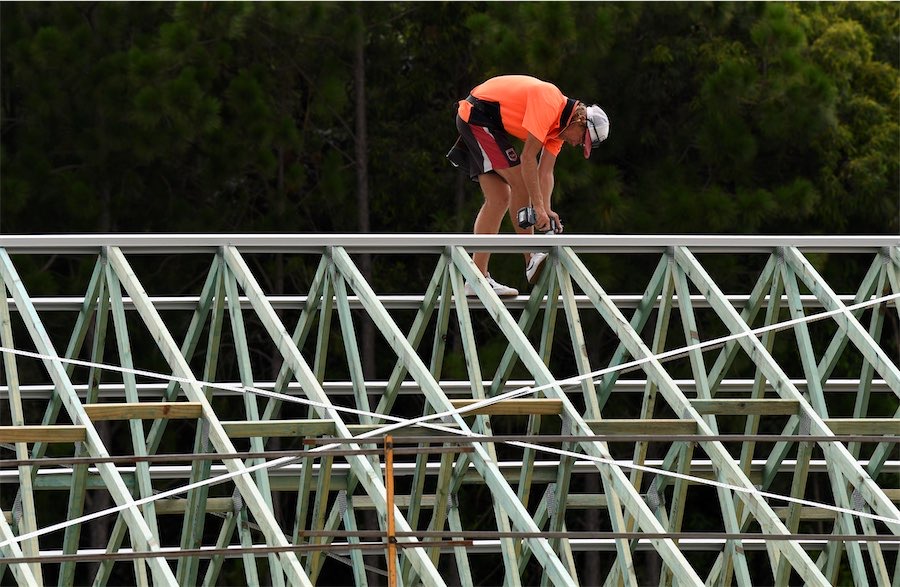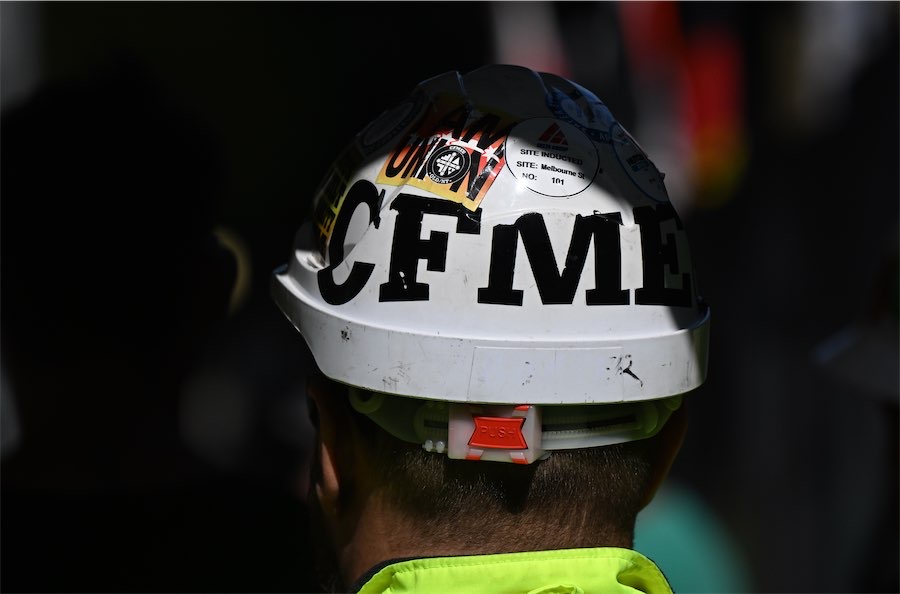
By Poppy Johnston in Canberra
Spending was flat last month, with tax cuts yet to materially improve retailer fortunes as many chose to stash extra cash away.
The flat July outcome was below the 0.3 per cent growth consensus forecast and followed two months of upbeat results.
Australian Bureau of Statistics head of retail statistics Ben Dorber said discounting had boosted activity in May and June and “the higher level of retail turnover was maintained in July”.
The start of the month ushered in long-awaited tax relief but CommSec economist Ryan Felsman said it was yet to have a material impact on spending.
“Consumer spending on clothing and footwear, and at department stores took a hit last month as shoppers turned frugal amid elevated borrowing costs and cost of living pressures,” he said.
A record-breaking boost in deposits suggests many households chose to put extra money from the stage three tax cuts into transaction accounts, savings accounts, offset accounts and term deposits.
Canstar data insights director Sally Tindall said the $30.8 billion Australians put into the bank in July was the highest monthly increase in dollar terms on Australian Prudential Regulation Authority’s records.
July was almost always a bumper month for deposits, she said, as people stash money back from tax returns.
This year, many households likely put away extra from the stage three tax cuts as well as savings from government electricity rebates in Queensland and Western Australia.
“Those households with a mortgage also know that every dollar in their offset account or as an extra repayment is a dollar they’re not going to get charged interest on by their bank,” Ms Tindall said.
For the Reserve Bank of Australia, signs households are using tax relief and cost-of-living help to build up rainy day funds rather than bolster spending will be welcomed.
The central bank is hoping for weaker spending and demand so it can break the back of persistent inflation.
In July, the bureau recorded the sharpest decline in clothing, footwear and personal accessory retailing, down 0.5 per cent, followed by department stores, sinking 0.4 per cent.
Cafes, restaurants and takeaway food services fell 0.2 per cent, and household goods retailing and other retailing were both unchanged.
The only industry to record a rise was food retailing, up 0.2 per cent.
Over the year, retail sales were up 2.3 per cent, a modest outcome given annual population growth of 2.6 per cent.
Who can be trusted?
In a world of spin and confusion, there’s never been a more important time to support independent journalism in Canberra.
If you trust our work online and want to enforce the power of independent voices, I invite you to make a small contribution.
Every dollar of support is invested back into our journalism to help keep citynews.com.au strong and free.
Thank you,
Ian Meikle, editor





Leave a Reply